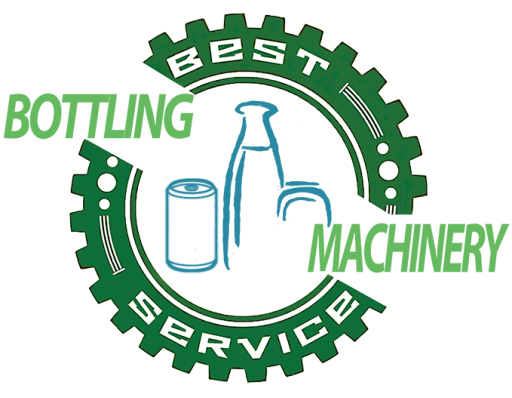# packaged drinking water treatment plant with Bottle Design
Packaged drinking water has become an essential part of modern life, and the efficiency of the treatment plant directly impacts the quality of the final product. In this article, we will explore the principles, structures, and applications of a packaged drinking water treatment plant, focusing on its integration with bottle design and the machinery involved in this process.
Understanding the Principles of Water Treatment
The primary principle behind a water treatment plant is to ensure that the water is safe for consumption. This is achieved through a series of processes that remove contaminants and impurities. The treatment typically involves filtration, disinfection, and mineralization, which can vary depending on the source of the water.

Filtration systems are designed to remove physical impurities such as dirt, sand, and other particulate matter. Advanced filtration technologies, including reverse osmosis and ultrafiltration, play a critical role in this stage. Disinfection, often achieved through ultraviolet (UV) light or ozone treatment, ensures that harmful microorganisms are eliminated before the water is bottled.
Mineralization is the final step in many treatment processes, where essential minerals are added back into the purified water. This not only enhances taste but also makes the water healthier for consumers. Each of these steps requires specialized machinery, which we provide, ensuring a smooth and efficient operation.
The Structure and Components of the Treatment Plant
A modern packaged drinking water treatment plant comprises several key components that work in unison to produce high-quality bottled water. At the heart of the operation is the water treatment system, which includes various filtration units, disinfection chambers, and storage tanks.
The water treatment system is equipped with cutting-edge technology to ensure maximum efficiency. Our systems include automated controls that monitor water quality in real-time, adjusting treatment processes as necessary. This automation leads to reduced labor costs and increased reliability, which are crucial for meeting high demand.
In addition to the water treatment system, the plant also features a bottle blow molding machine, which is essential for producing bottles tailored to the specifications of the product. This machine allows for the creation of lightweight, sturdy bottles that can withstand transportation and storage while maintaining the integrity of the water inside.
Applications and Benefits of Integrated Systems
The integration of various machinery in a packaged drinking water treatment plant offers significant benefits. One of the main advantages is the streamlined processing of water from source to bottle. Our equipment, including bottle unscramblers and filling machines, works together seamlessly to enhance production efficiency.
The bottled water and beverage industry is highly competitive, and our systems are designed to give clients an edge. The advanced labeling and packing machines we offer ensure that products are presented professionally, which can significantly impact consumer choice. With customizable options for different bottle designs and sizes, clients can cater to diverse market needs.
For more product details, please click: https://fillingbottling.com/product-category/product/
Moreover, our sachet liquid packing machines allow for the packaging of water in innovative formats, appealing to on-the-go consumers. By investing in a comprehensive treatment plant with integrated machinery, businesses can ensure high-quality output while maximizing profitability.
In conclusion, a well-designed packaged drinking water treatment plant is essential for any company looking to succeed in the beverage market. Our extensive range of machinery, from water treatment systems to filling and packing solutions, positions us as a leader in this field. For more information about our products and how they can enhance your operations, feel free to contact us today!
